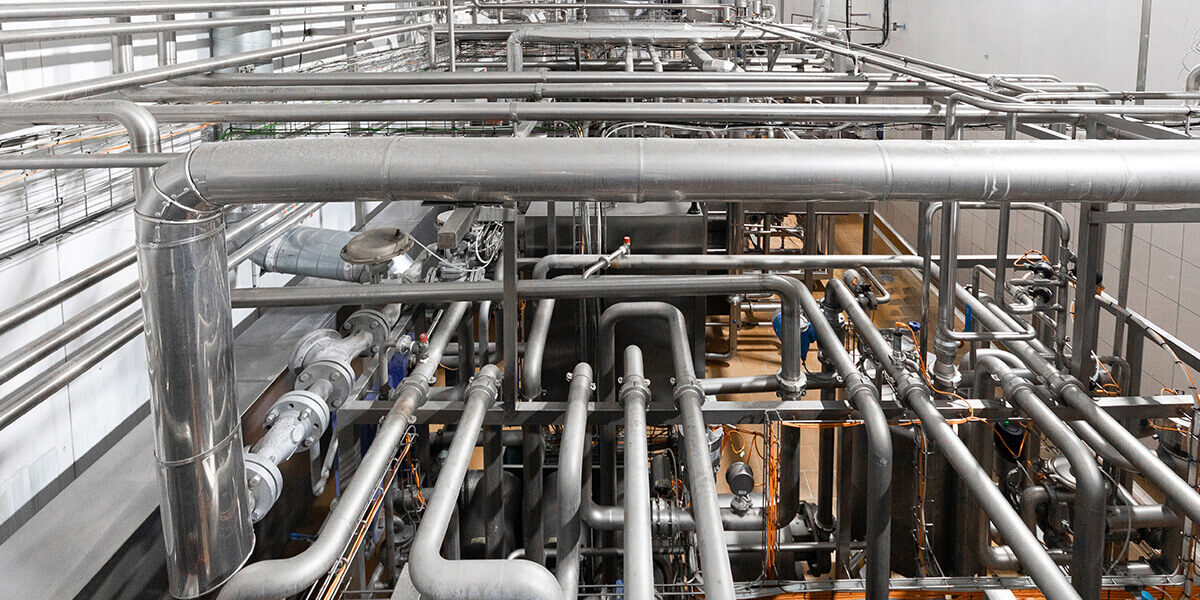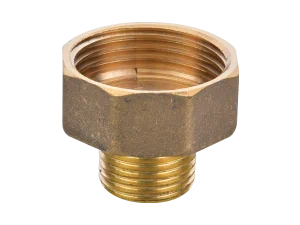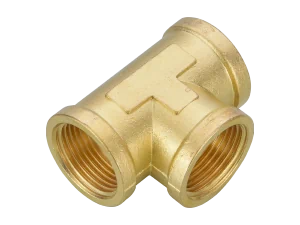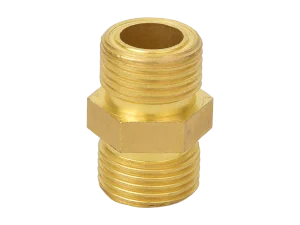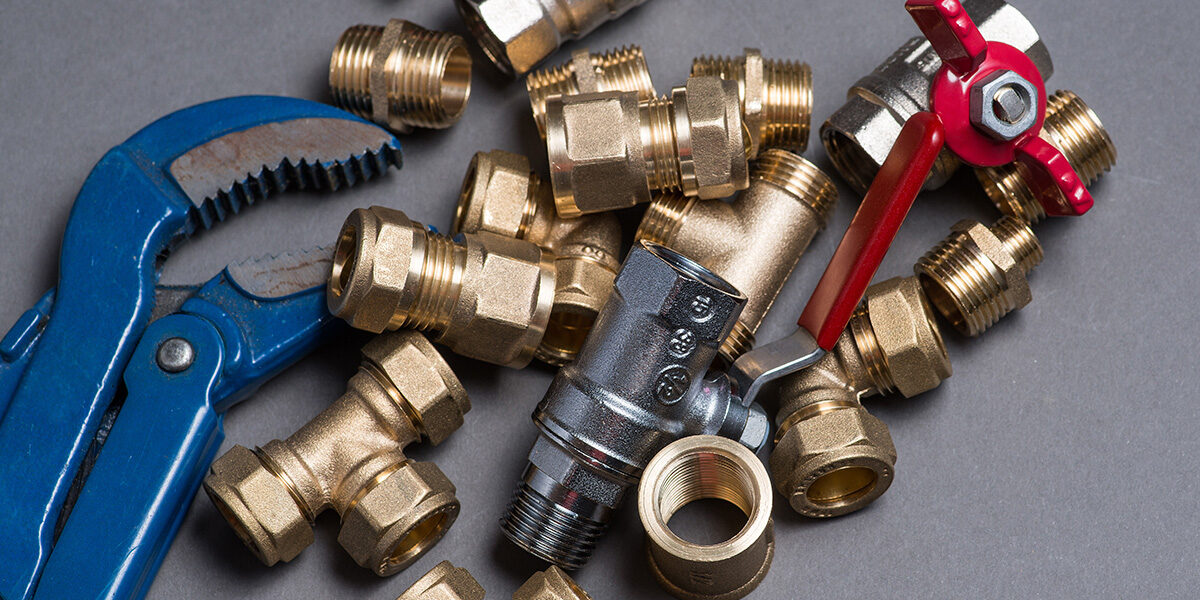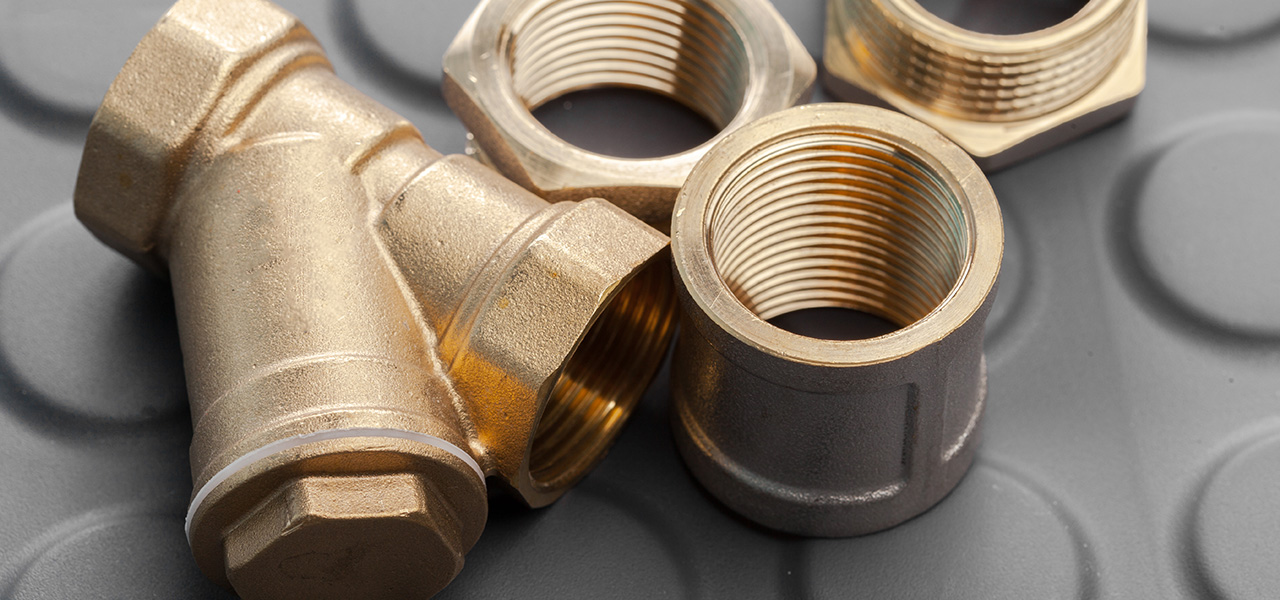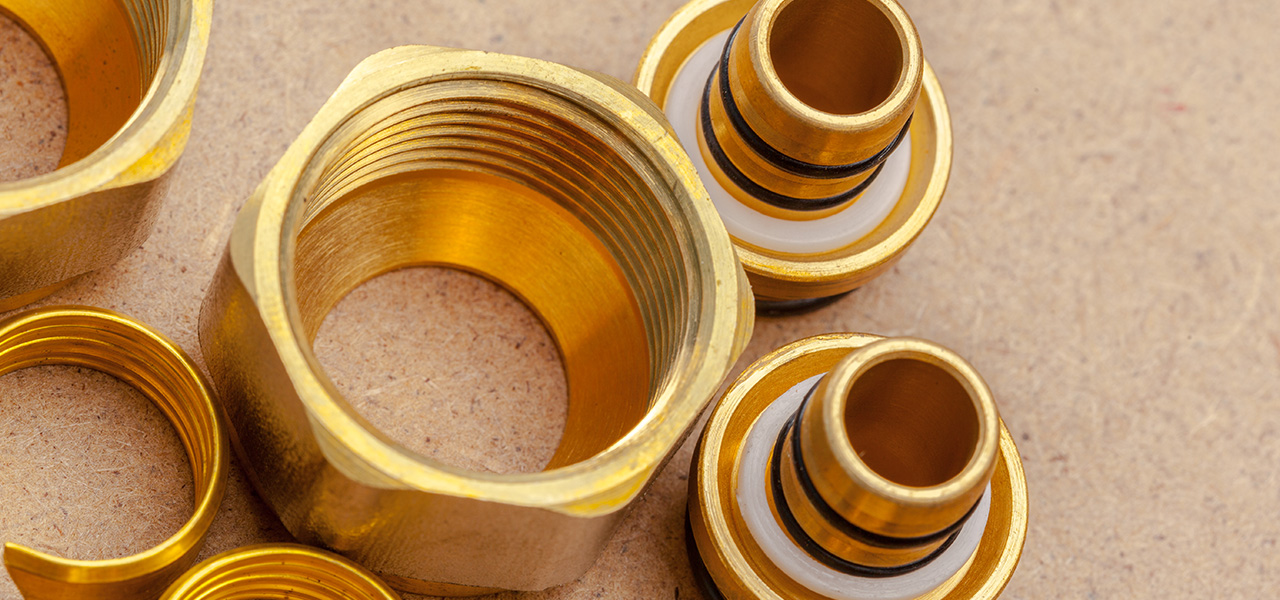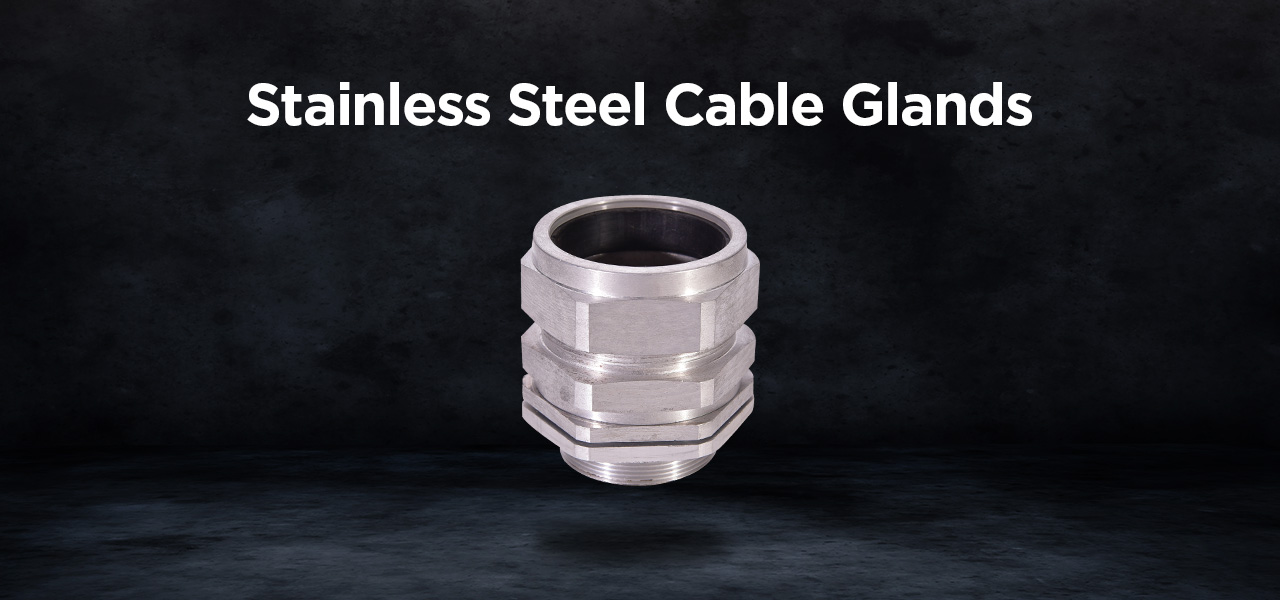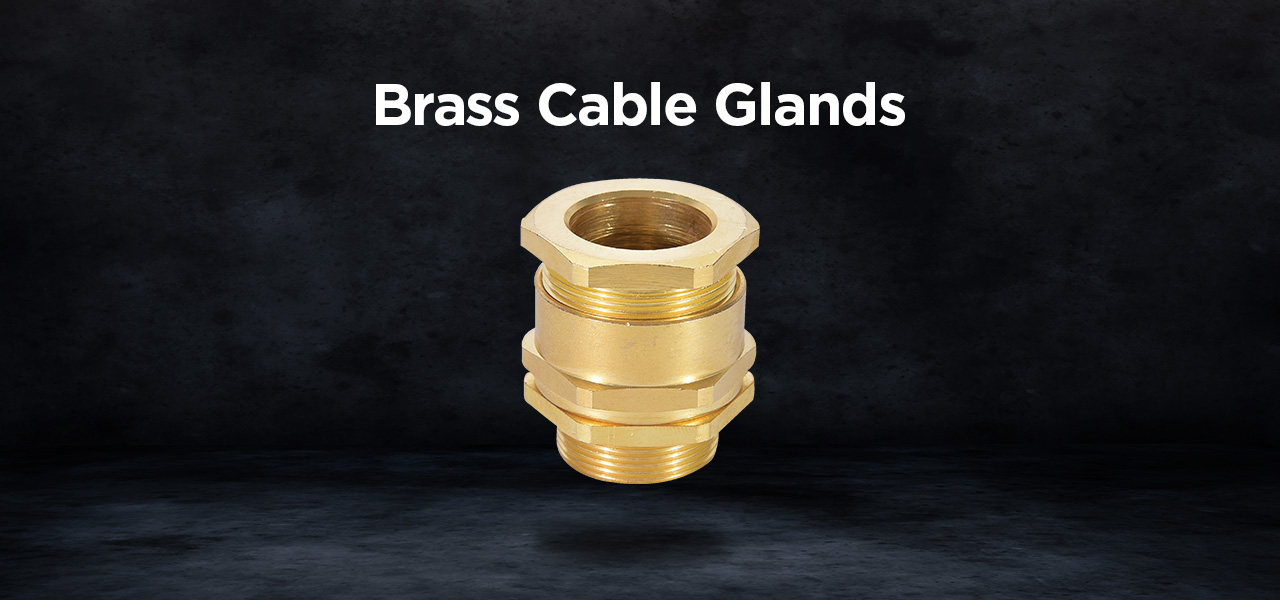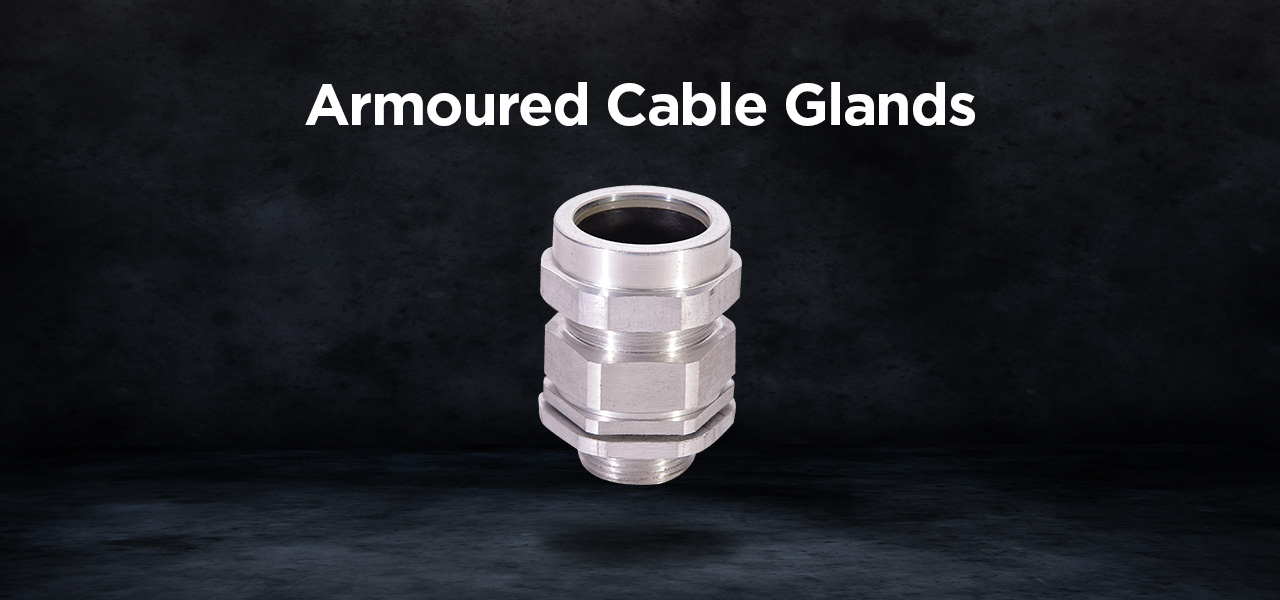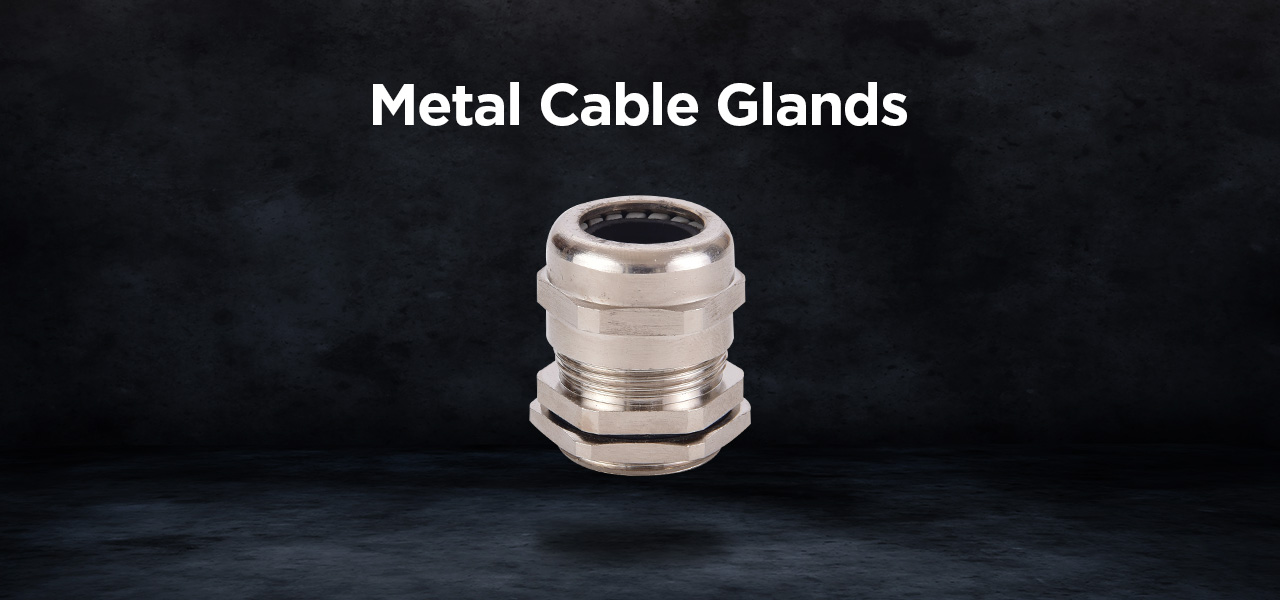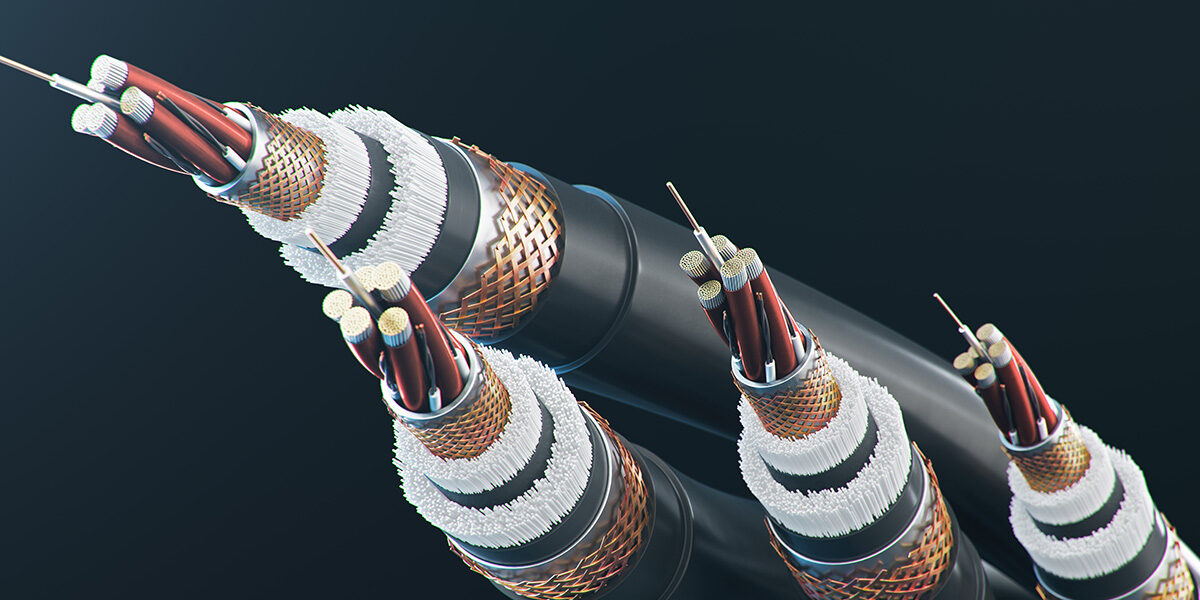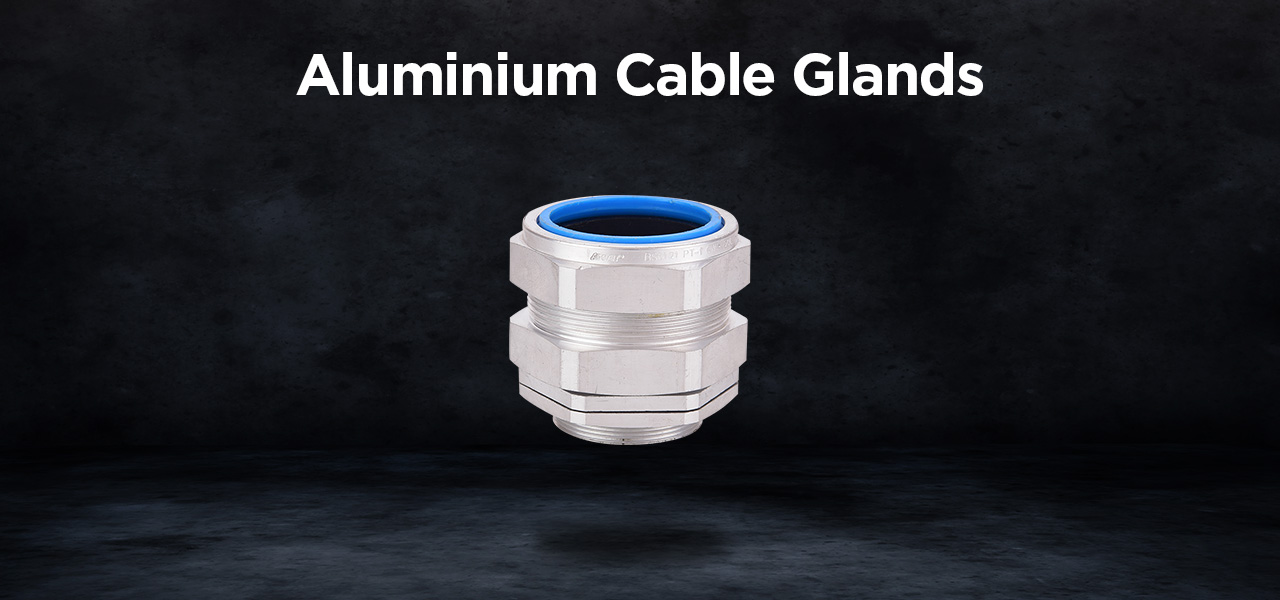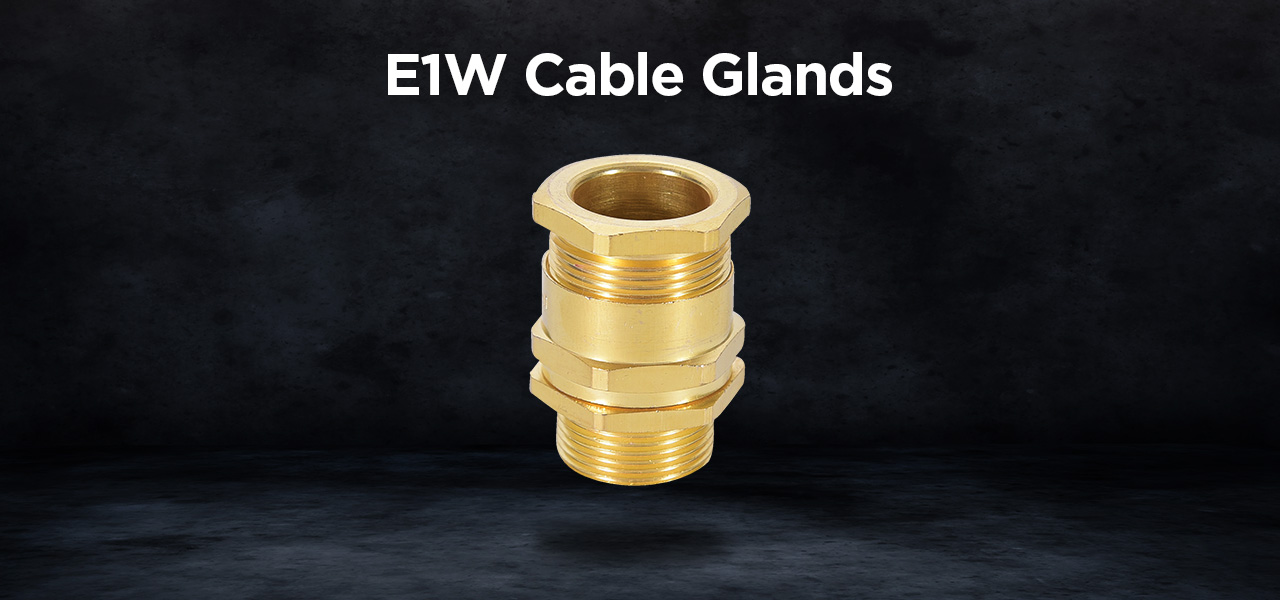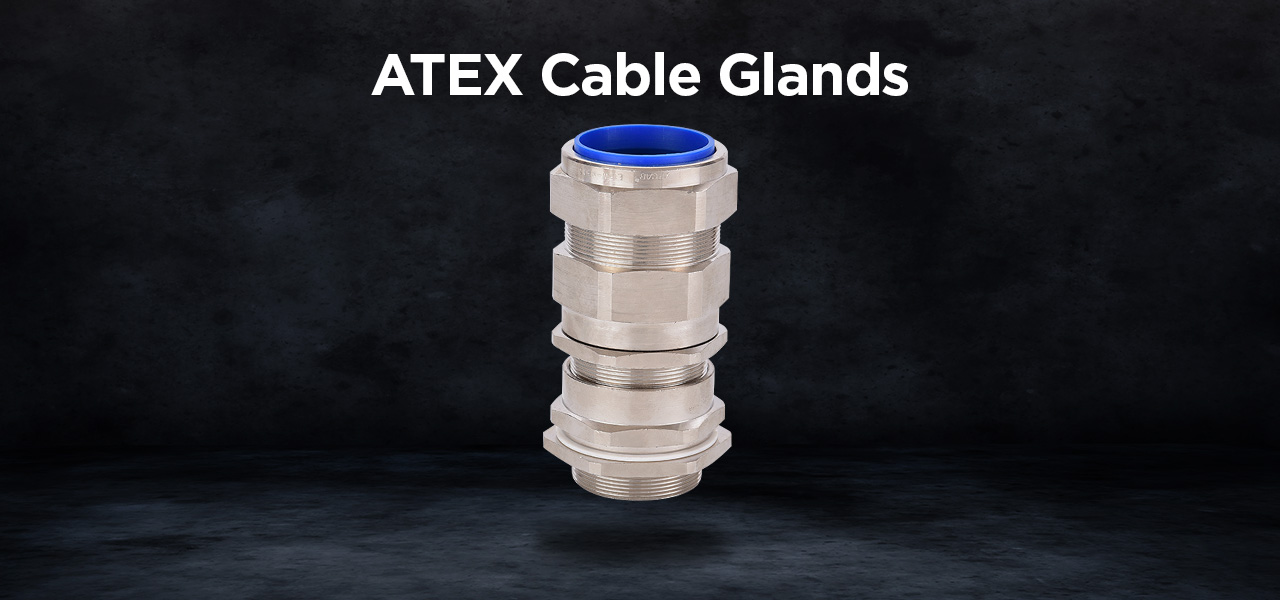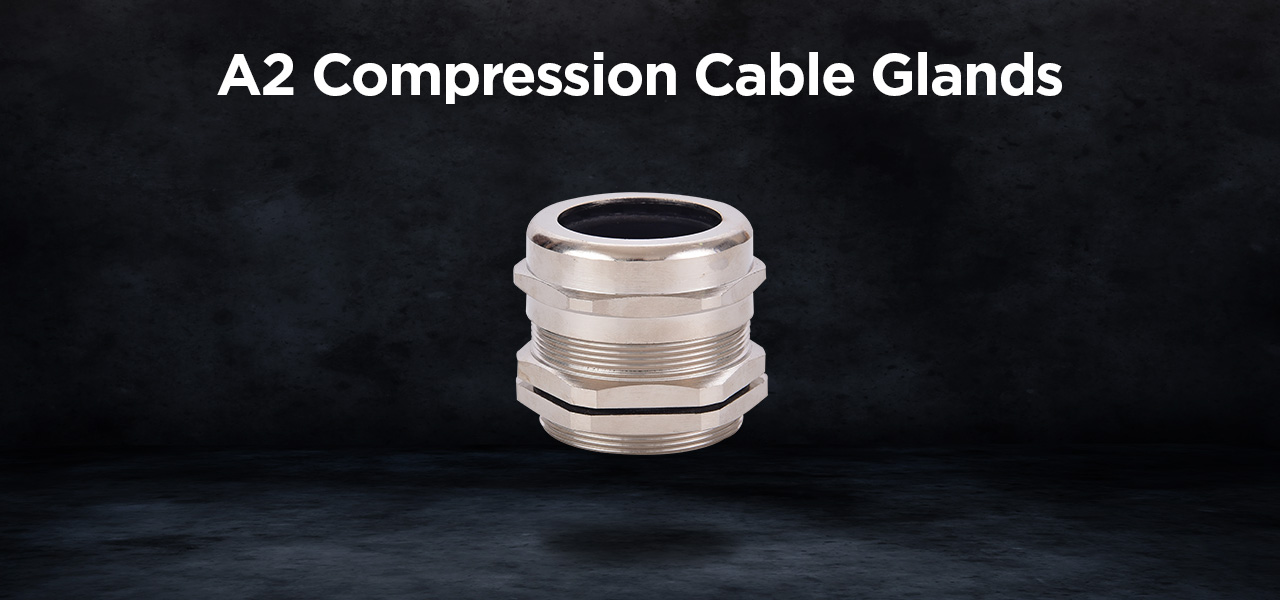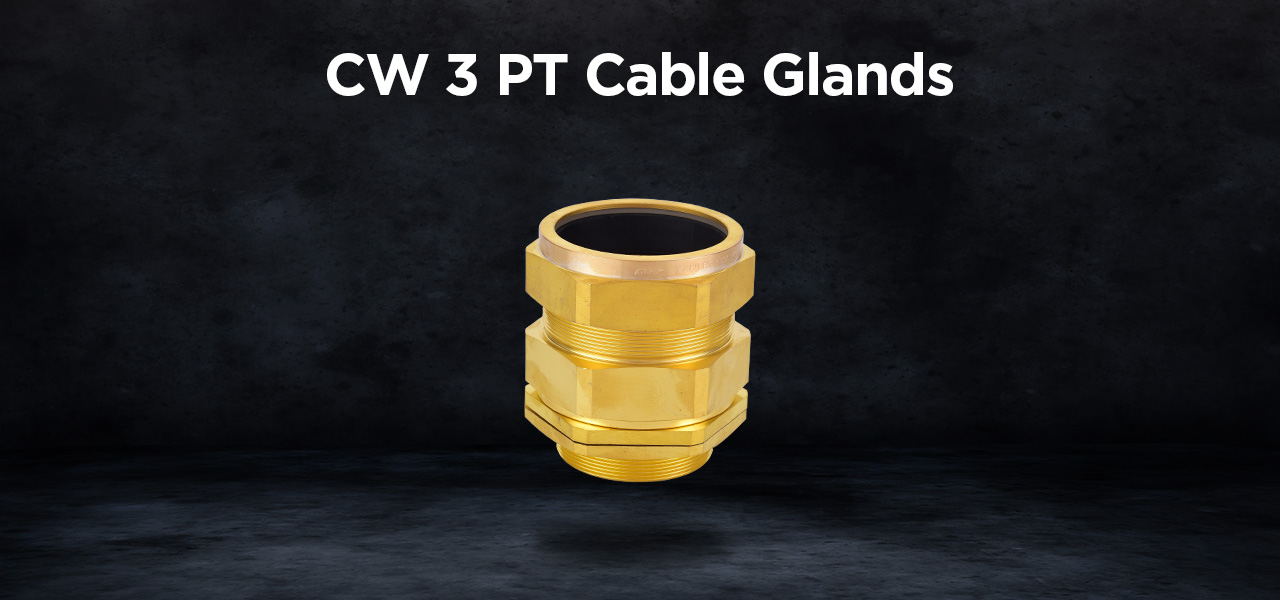Brass pipe fittings stand as the backbone of reliable plumbing systems, ensuring seamless operations and robust connections. With the finesse and technical prowess of skilled brass pipe fitting manufacturers, these fittings are crafted with an exceptional level of strength and precision. They emerge as a testament to durability, showcasing impressive resistance against corrosion and wear, thus significantly enhancing the life span of the plumbing systems they serve.
Designed to withstand high pressure and extreme temperatures, brass pipe fittings deliver extraordinary performance, even in the most challenging conditions. The expertise of seasoned brass pipe fitting manufacturers turns these crucial components into the essentials of plumbing systems, promising longevity and unmatched performance.
Role of Quality Brass Pipe Fittings
Whether it’s a residential, commercial, or industrial project, the quality and precision of brass pipe fittings are instrumental in preventing leaks, maintaining water quality, and ensuring the longevity of plumbing systems. Atlas Metal (under the banner ATFIT) is a leading brass pipe fittings manufacturer in Jamnagar and is committed to providing quality products.
Advantages of using Brass Pipe Fittings
When it comes to plumbing fittings, it is available in various materials in the market, such as plastic, steel, and copper. However, brass pipe fittings stand out for several reasons.
Firstly, brass is known for its excellent corrosion resistance, making it ideal for plumbing fittings as they are in contact with water 24/7.
Secondly, brass pipe fittings have superior strength and durability making them withstand higher pressure and extreme temperature ranges. Additionally, brass pipe fittings are highly versatile and compatible with different pipe materials, making them a preferred choice for plumbers and contractors.
The ease of installation and maintenance further adds to the advantages of using brass fittings in plumbing systems.
These fittings ensure plumbing systems maintain reliability, strength, and efficiency over time.
Types of Brass Pipe Fittings used in Plumbing
Brass pipe fittings come in various types, ensuring efficient and reliable plumbing installations. Below is a table highlighting some common types of brass pipe fittings and their specifications:
| Type | Description | Specification |
|---|---|---|
| Forged Tee | Allows branch connections in plumbing systems. | Size: ½” to 2” |
| Hex Nipple | Joins two female threaded fittings or pipes. | Size: ¼” to 2” |
| Adapter | Converts threaded fittings from male to female. | Size: ½” to 1” |
| Bushing | Reduces pipe size while maintaining flow. | Size: ¾” to 2” |
| Plug Hex Head | Closes the ends of pipes. | Size: ¼” to 2” |
| Coupling | Joins two sections of pipe together. | Size: 1/8” to 4” |
These fittings ensure plumbing systems maintain reliability, strength, and efficiency over time.
Quality Standards and Certifications for Brass Pipe Fittings
To ensure the reliability and safety of plumbing systems, it is essential to source brass pipe fittings from manufacturers that adhere to strict quality standards. In many countries, brass pipe fittings manufacturers must comply with national or international standards, such as ISO 9001, which sets quality management system requirements. This certification ensures that the manufacturer follows a systematic approach to quality control, from raw material selection to the final product and the inspection. These certifications provide assurance to customers that the brass pipe fittings they purchase are manufactured keeping the highest standards and have undergone rigorous testing to ensure optimal performance and safety.
Atlas Metal is at the forefront of quality products. All products of Atlas Metal have several quality certifications to their name.
How Brass Pipe Fitting Manufacturers Ensure Efficiency of Plumbing Systems?
Brass fitting manufacturers play a crucial role in ensuring the efficiency and safety of plumbing systems. By producing fitting products that are resistant to corrosion, wear, and high pressure, skilled brass pipe fitting manufacturers help provide safe and secure fitting connections.
In addition to the functional benefits, brass pipe fittings are aesthetically pleasing, offering a polished and professional look to plumbing installations. Overall, the expertise and craftsmanship of brass pipe fittings manufacturers are instrumental in creating reliable and efficient plumbing fittings that meet the demands of residential, commercial, and industrial projects.
Popular Products Recommended
If you’re looking to enhance your plumbing systems with reliable brass fittings, Atlas Metal offers an extensive range of high-quality brass pipe fittings. Some popular products include:
- Brass Forged Tee
Ideal for creating branch connections in piping systems, ensuring leak-free connections.
- Hex Nipple
A durable fitting to connect pipes or fittings of varying diameters, known for its strength and resistance to high pressure.
- Adapter
Ensures secure male-to-female thread conversions in various plumbing setups.
Atlas Metal’s commitment to quality and precision makes them a leading brass fitting manufacturer in India.
FAQs
What certifications should I look for when sourcing brass pipe fittings?
Ensure your fittings are ISO 9001 certified, as this ensures the highest quality and reliability from brass fitting manufacturers in India.
Are brass pipe fittings suitable for high-pressure systems?
Yes, brass pipe fittings can withstand high pressure, making them ideal for both commercial and industrial applications.
What maintenance do brass pipe fittings require?
Brass fittings require minimal maintenance due to their durability and resistance to corrosion, making them a cost-effective solution.
Where can I find the best brass pipe manufacturers in Jamnagar?
Atlas Metal, one of the leading brass pipe fittings suppliers, is located in Jamnagar and is known for its high-quality brass products.
Can brass pipe fittings be used in both hot and cold water systems?
Yes, brass fittings are versatile and can handle extreme temperatures, making them suitable for both hot and cold water systems.
How do brass pipe fittings contribute to water quality?
Brass fittings maintain the integrity of water systems by preventing leaks and corrosion, ensuring clean and safe water delivery.
What are the environmental benefits of brass pipe fittings?
Brass is a recyclable material, making it an eco-friendly choice for plumbing applications.

